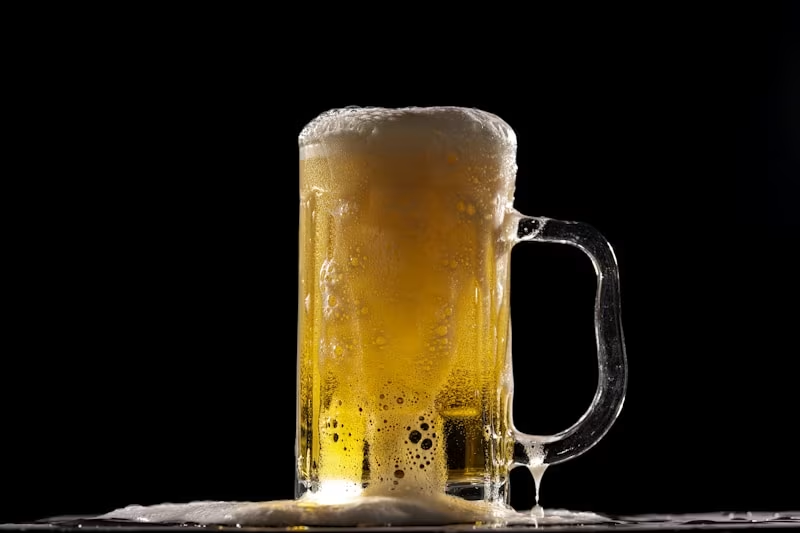Upcoming Events & Festivals

Colorado Craft Beer Festival
The largest craft beer festival in Colorado featuring over 150 breweries.

Oktoberfest Boulder
Traditional German beer festival with a Colorado twist.

Mountain Brew Fest
Celebrating mountain town breweries and outdoor lifestyle.
Featured Stories
Trending Now
Latest Beer Reviews

Mountain Haze IPA
Alpine Springs Brewery
A perfect balance of citrus and pine, with a smooth finish. One of the best IPAs in Colorado.
June 2, 2025
Bavarian Wheat
River Valley Brewhouse
Authentic German-style wheat beer with hints of banana and clove. Perfect for summer afternoons.
June 1, 2025
Copper Canyon Ale
Copper Canyon Brewing Co.
Rich amber ale with caramel notes and a crisp finish. A must-try for any craft beer enthusiast.
May 31, 2025Recent Articles
Featured Colorado Breweries

Mountain Peak Brewing
Craft brewery specializing in mountain-inspired ales and lagers.

River Valley Brewhouse
Family-owned brewery with a focus on traditional German styles.

Copper Canyon Brewing Co.
Award-winning brewery known for innovative craft beers.

Alpine Springs Brewery
Specializing in refreshing seasonal brews and IPAs.